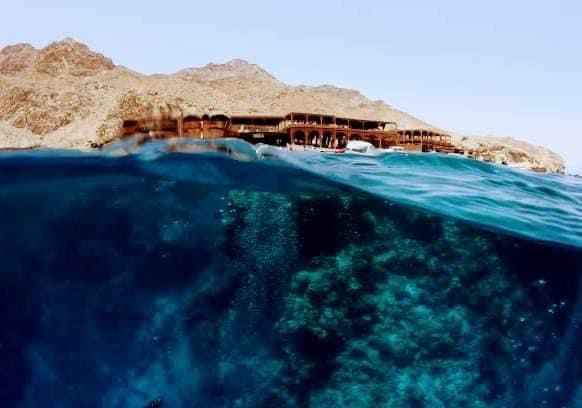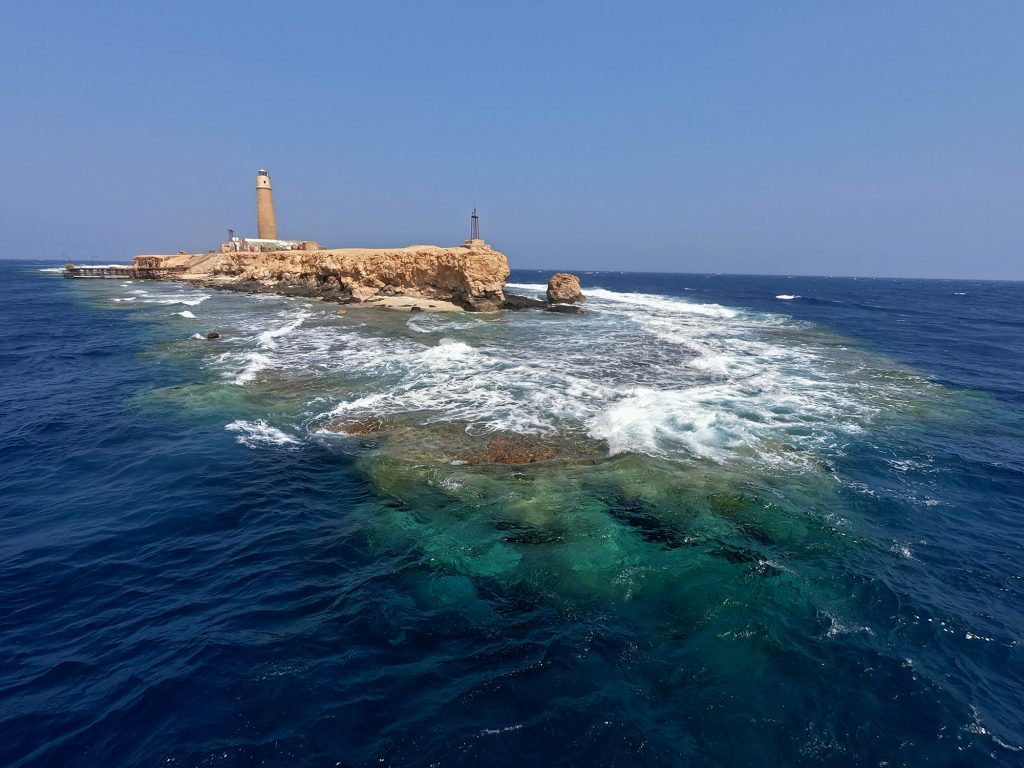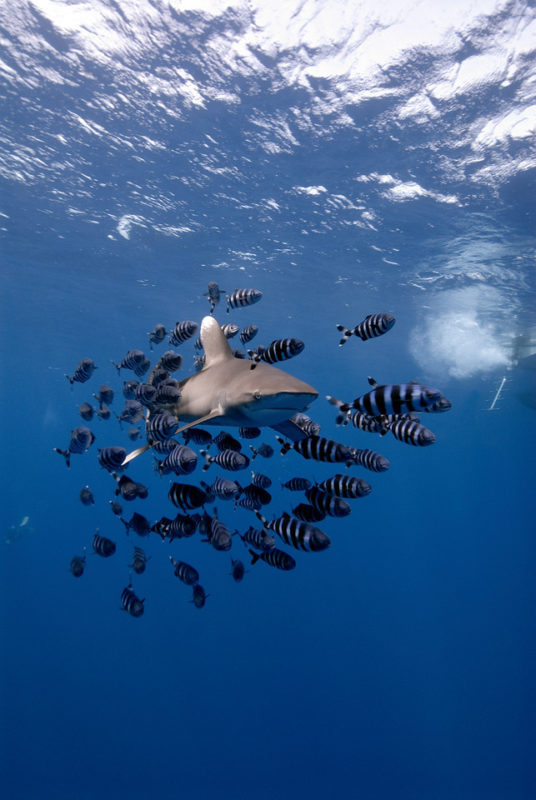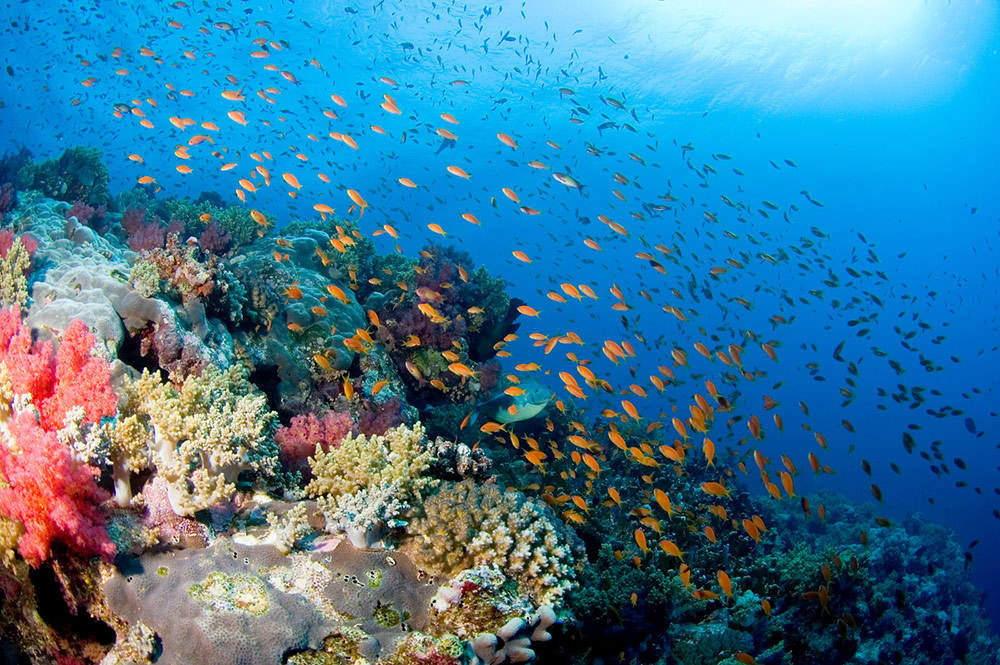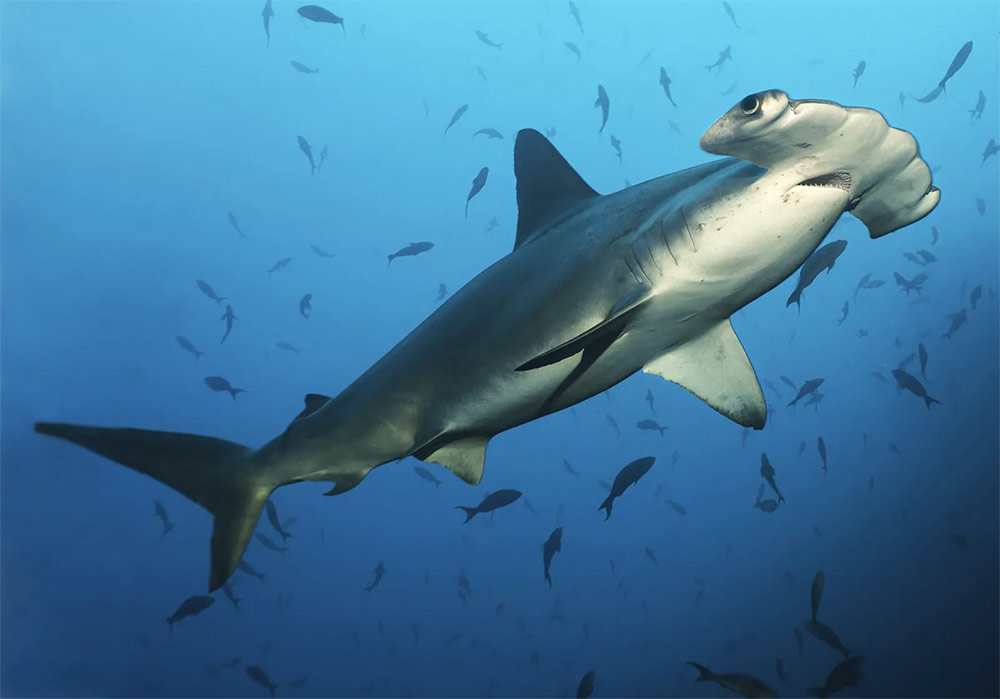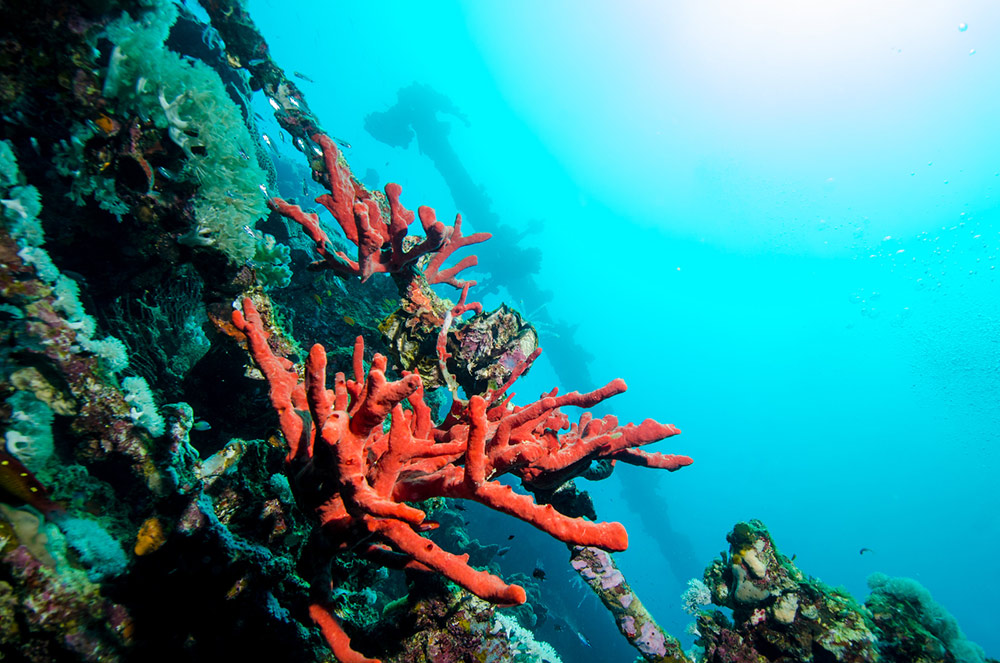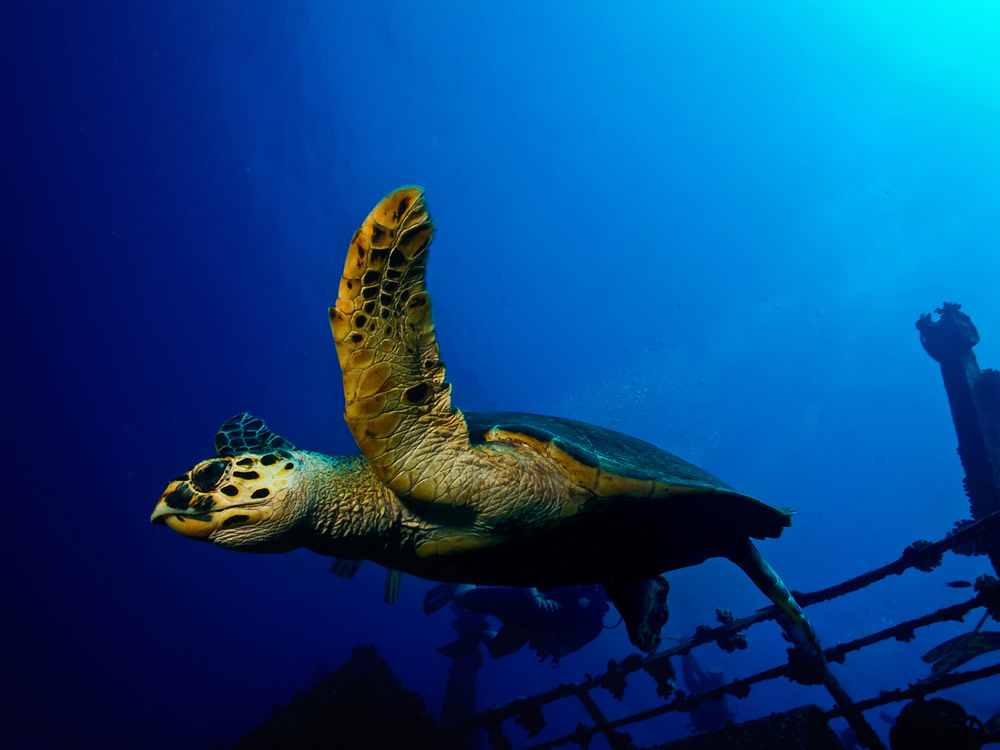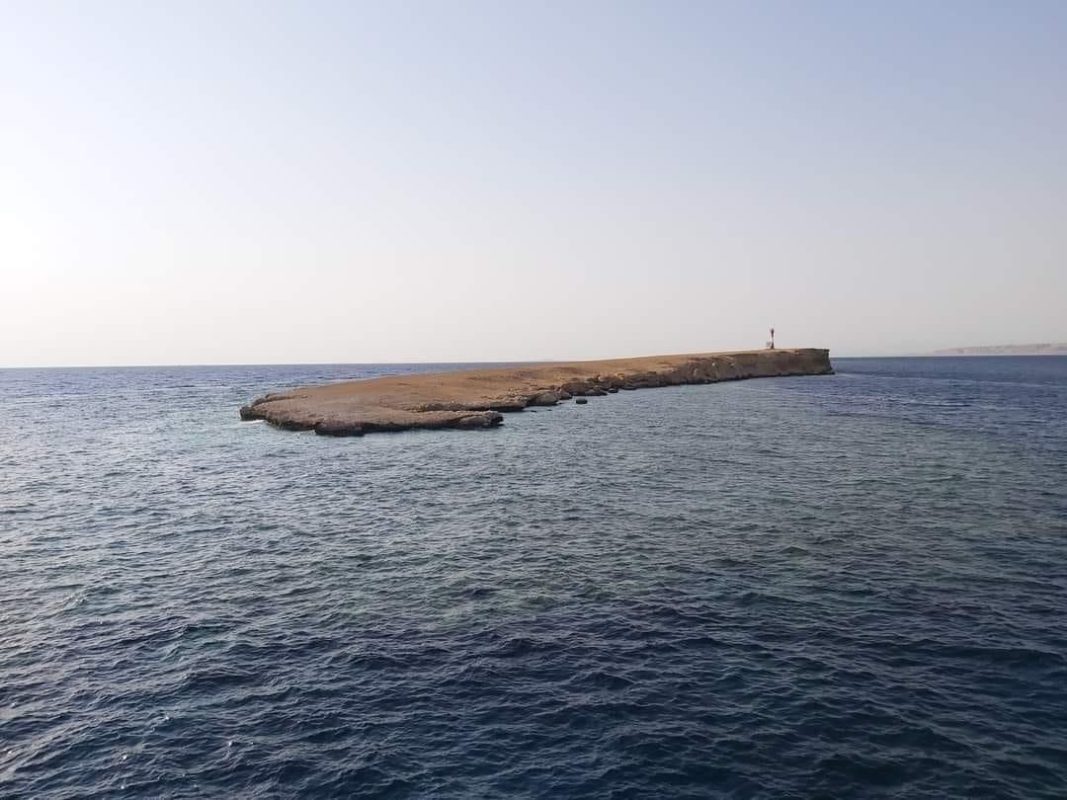
THE NORTH TIRAN EGYPT OFFERS SOME OF THE MOST ICONIC WRECKS AND REEFS THE NORTHERN RED SEA HAS TO OFFER WITH DIVE SITES SUCH AS RAS ABU SOMA, RAS ABU RAMADA, UMM GOMMA, SMALL GIFTUN AND RAS MOHAMMED.
The North Tiran dive area is found in the entrance to the Gulf of Aqaba and is made up of four main reefs that form the top of an underwater bridge. These reefs, named after British cartographers (Jackson, Woodhouse, Thomas, Gordon), are world famous for their extraordinary diversity of corals and strong south westerly currents make them home to many large pelagic fish.
There are also some wrecks, which can be sailed and partly explored from the inside.
Gordon Reef, the southernmost reef of North Tiran with the striking wreck of the Loullia, which has run aground there. Dives can be done either on the plateau or as a drift dive along the reef. At Thomas Reef the dives are done as drift dives along the reef wall.
Jackson Reef is the northernmost reef of Tiran. The dive starts in the sheltered southern bay where the reef wall drops steeply.
Woodhouse Reef the dives are done as drift dives.
Abu Nuhas, a treacherous reef, which ends just below the water surface and has caused many ships to crash into it. There are 4 shipwrecks, which are well-preserved and can be dived from the outside and partly also from the inside. Because of the exposed position, there can always be currents. Tiran itself is not allowed to be entered.
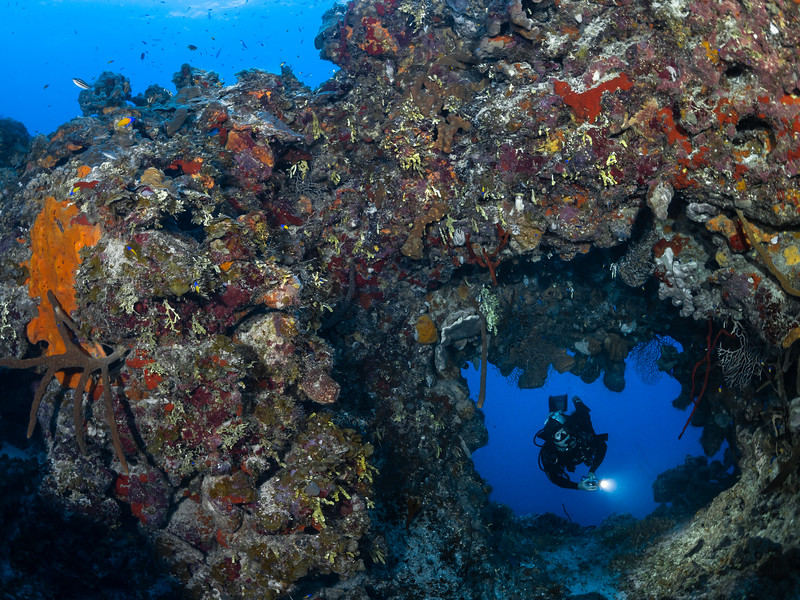
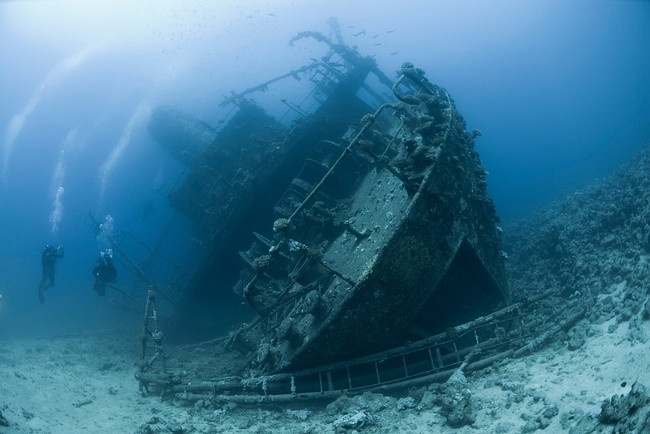
The Carnatic This British built ship is one of the oldest wrecks in the Red Sea and is a favorite for many divers at Shaab Abu Nuhas. It was a 90 meters long cargo steamship.
The Carnatic hit the reef on 12 September 1869. His cargo consisted of gold, wine, and cotton, and the ship was on the way to India. The ship snapped in two and sank, parallel to the reef at a depth of 24 meters. The crew and passengers were able to escape on lifeboats to the Shadwan Island, from where they were rescued. A few months later the British were able to recover the gold. The Carnatic is still in good condition and offers fantastic picture opportunities. Soft coral is covering the entire wooden hull and you will find a great variety of marine life. This wreck is also suitable for all divers. This unique wreck offers easy access and you can still find broken wine bottles in the bow area.
The Giannis D It is a 100 meters general cargo vessel built in Japan, but under Greek ownership. The Giannis D hit Shaab Abu Nuhas at full speed on 19 April 1983. The ship, full of timber sank to a depth of 24 meters with the stern and bow still intact. The engine room at a depth of 13 meters offers an easy penetration as well as a superb view through clouds of glassfish. In the multilevel rooms and the passageways, you can encounter octopus and giant moray eels. The bow mast, horizontally extending from the boat, creates a great spot to search for scorpionfish, gobies, and nudibranch.

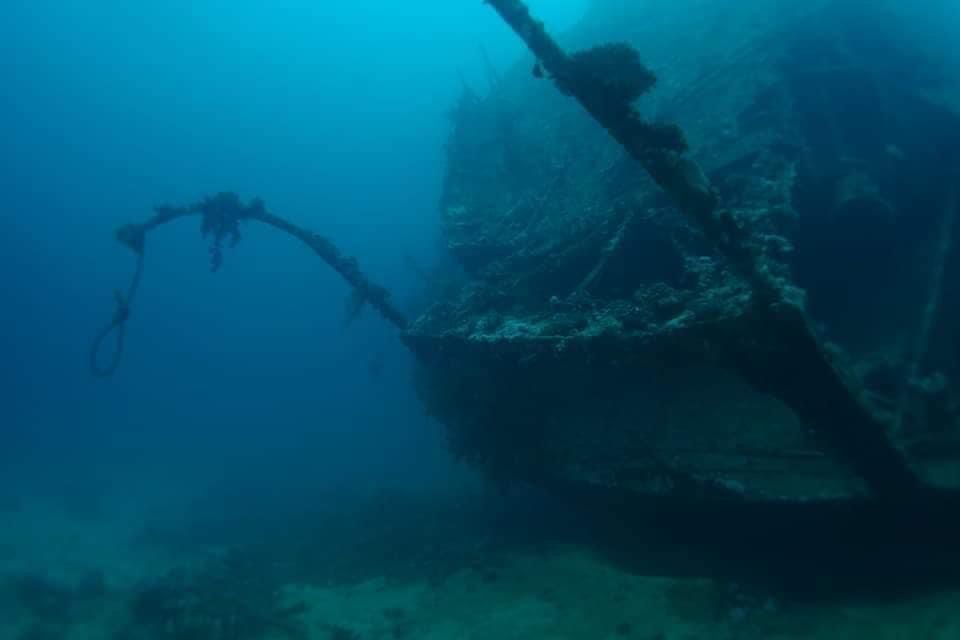
The Kimon M. ran aground at Shaab Abu Nuhas in 1978. 4,500 tons of lentils were the only cargo of the 106-meter-long ship. Today the wreck lies on the starboard side at a depth of between 12 and 30 meters. Due to the current and the rise, only the stern is in good condition and due to the instability of the wreck, no penetration should take place. Highlights are the propeller at 30 meters depth, the glass fish in the stern and a school of batfish which pass by regularly.
The Thistlegorm was sunk at anchor by the German bomber Henkel 111 on 6 October 1941. It is now resting upright at a maximum depth of 30 metres, making it an easily accessible wreck. The large amount of schooling fish and the cargo of motorcycles, lorries, guns, ammunition and much more makes it not only an underwater museum, but also one of the best wreck dives in the world, which every diver should have done in his life. It is also possible to make a night dive on the outside.
The Chrisoula K. also known as Tiles Wreck. is a 98 meters long Greek cargo ship and sunk in 1981 at Shaab Abu Nuhas. This ship was transporting tiles from Italy. It broke into 2 parts. The stern lies at a depth of 28 meters on a sandy bottom. The bow, on the contrary, lies in shallow waters at a depth of 4 meters. Penetration inside the engine room is not easy but possible. For this, you need to be an experienced wreck diver. The rest of the wreck is suitable for all divers.
